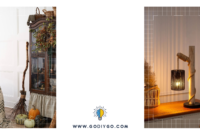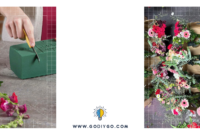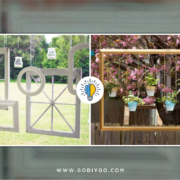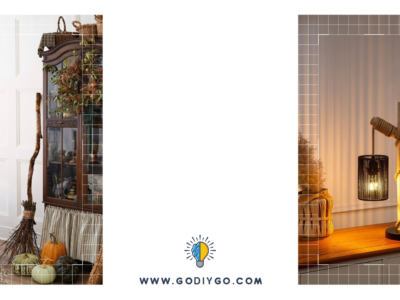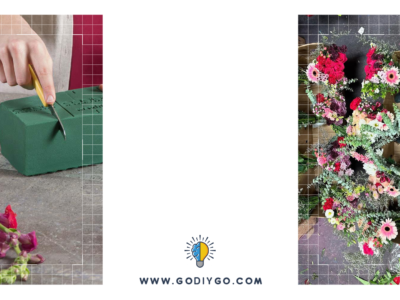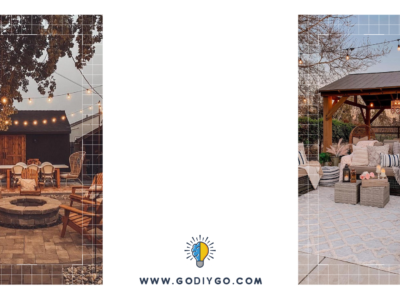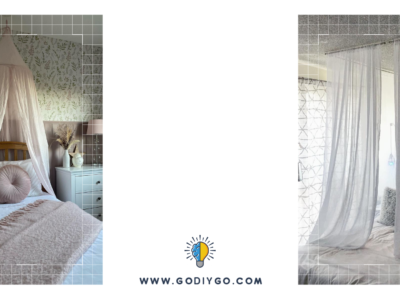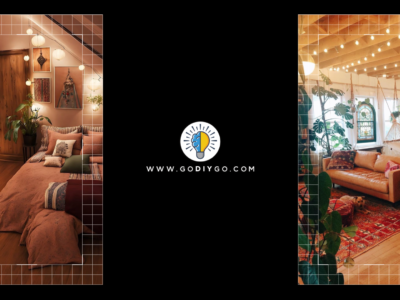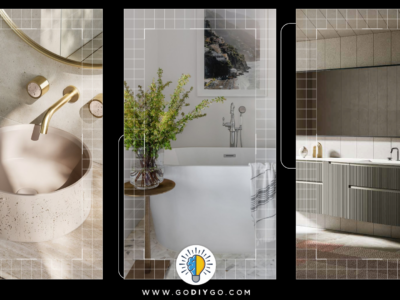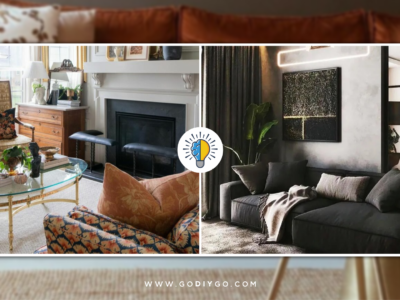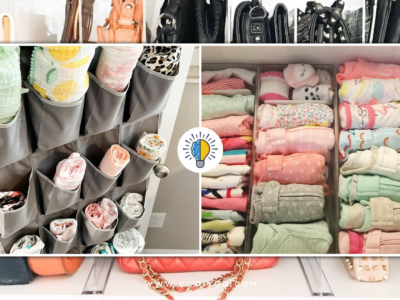As the world population is aging, it becomes more important to think about how elderly people live. Creating a nursing home that caters to the needs of all aged people is not easy, but with these expert tips, you are well on your way to creating an elder-friendly home for those in need of 24-hour care.
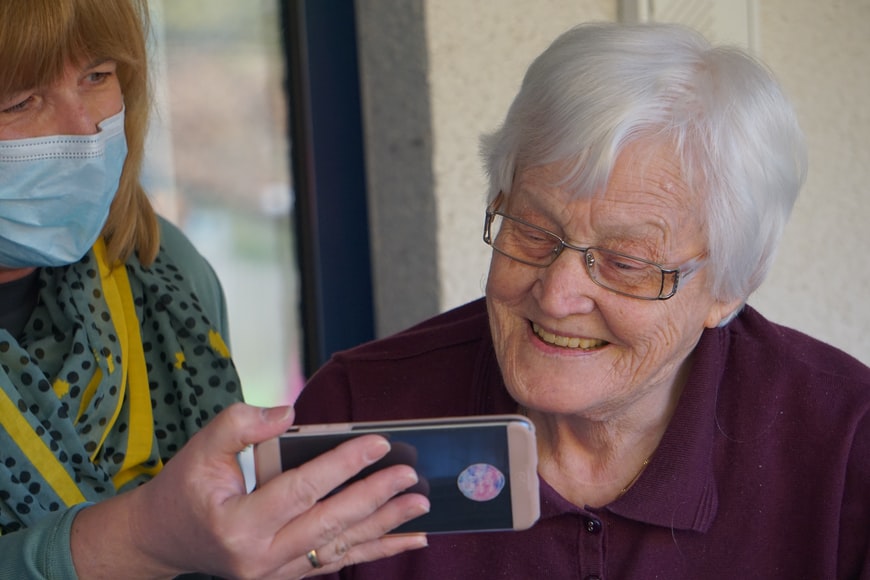
Seating
Ensure seating is upholstered and comfortable enough for seniors with arthritis and other movement-limiting conditions. For those who have trouble sitting upright unassisted, consider adding swivel seats. If you’re making your own chairs then choose fabrics that are soft to the touch such as corduroy or velvet which also provide warmth, especially if your elderly residents suffer from neuropathy. Also bear in mind how far apart you place pieces of furniture, an individual can move between them. An elderly person with a walker or wheelchair may need 24″ or 36″ of space to move between chairs and the like, which means that you should either choose to have fewer pieces in a room or provide more space between them.
Furniture
Ensure that furniture is scaled to elderly proportions and has been constructed with the aged in mind. Many standard pieces of furniture are built for people under 5’4″ tall, meaning that an older person will have a difficult time getting up from a chair or moving around a room. A-type chairs should be avoided as they do not allow the user to lean back while seated. Another thing to factor in is getting comfortable hospital chairs for the home. These specially designed hospital chairs are built for elderly comfort with lumbar support, armrests that allow the user to sit in a reclined position, and are very easy to get out of. A hospitable chair makes transferring from the chair into a bed or a wheelchair much easier. Aged-appropriate furniture should also provide good lower back support and lumbar curvature to avoid future problems with arthritis and other painful conditions related to poor posture. All upholstered items must have been fireproofed to prevent the spread of fire in case of an accident where liquid spills or medications need to be administered in close proximity.
Lighting
Efficient lighting is also key for creating an elderly-friendly home. A well-lit environment will help your residents feel safe and secure when wandering or using their walkers and wheelchairs at night. Lighting for seniors should focus on task lighting such as bedside lamps rather than ambient lighting such as overhead lights. The use of appropriate bedside lamps also reduces the risk of trip hazards in the dark when getting out of bed. Give each resident choice over their own illumination through table lamps or directional lights that they can operate themselves.
Lighting choices should also take into account for those with visual impairments, especially useful when choosing colors and textures for walls, floors, and soft furnishings to ensure the environment is both safe and easy to navigate through. Illuminate nursing home living rooms with natural light sources whenever possible to provide the elderly with important vitamin D during the early morning hours before breakfast is served on site. Ensure that the elderly patients receive enough natural sunlight during the day by adding large windows to rooms whenever possible.
Windows & Views
Ensure windows are large enough so that your elderly residents can enjoy the natural light without the risk of falling out or having mossy green views driving them mental! Avoid skylights in bedrooms as these can disturb sleep patterns; also make sure windows are not obscured by furniture. Remember that elderly people suffer from more aches and pains than younger persons, so will spend more time lying down on beds and chairs, which they must be able to do easily without climbing up or down several times.
Pillows & bedding
Elderly people often suffer from reduced muscle tone, which leaves them susceptible to pressure sores from lying in one position too long, especially when sleeping. Make sure that mattresses are firm but not hard, and that the bedding provides support to joints without being too warm. Bolster pillows are available for those who suffer from arthritis or have trouble propping up their head/spine. Ensure that your elderly residents have sufficient bedding, particularly blankets, as many will not ask for more if they are already bundled under six layers of covers! Make sure there are enough hangers in wardrobes, so each resident can hang all their clothes at one time.
Furnish nursing homes with durable, bleach-cleanable materials such as linoleum flooring instead of carpet so infectious agents can be easily sanitized away from individual rooms without a costly deep cleaning. Ensure that dining tables can be moved away from the wall for ease of wheelchair access and that there is a minimum clearance of 30″ between knee walls, dining carts, or other obstacles.
Assistive Devices
Assistive technology is very important for nursing homes catering to aged populations. The three most important items are a bedside commode/urinal, bed railings to help with getting in and out of bed safely, and night lights to avoid falling. Other helpful items include shower chairs when people need assistance when bathing, low countertops for ease of access when preparing meals, easy-to-maneuver wheelchairs or walkers that can easily be moved around the room to provide adequate space for multiple residents at the same time, non-slip rubber mats on bathroom floors, oversized door handles, so they can be reached without straining the wrist or arm, magnifying devices for reading large print text on medication bottles or menus in dining halls, audio alarms in case of falls so staff know exactly where an individual is.
Flooring
Avoid carpeting in nursing homes for the aged due to its lack of cleanability. Keeping mats by the front door, however, is a good idea so that people have something soft under their feet when they enter and leave the building during inclement weather.
Do not lay bathroom tiles directly above ceramic fixtures, as this will cause them to crack or break when an object falls into them or is thrown against them in anger; use a layer of cement backer board as a protective layer between the floor and the tile to avoid such accidents. To create an elderly-friendly nursing home, stay away from slippery floor types such as marble and ceramic. Ensure instead that all surfaces are textured with anti-slip coatings, including carpets and rugs. Floor coverings should also be thick enough to avoid causing injury if tripped over or fallen upon.
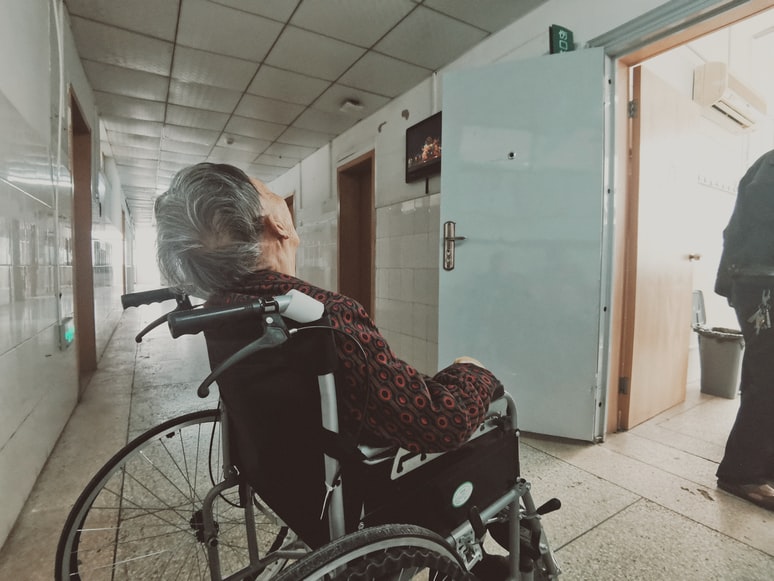
In conclusion, creating an elderly-friendly environment in a nursing home is important to keep patients comfortable and healthy. By following these guidelines when designing a nursing home, you can create a safe environment that provides comfort for aged individuals.



